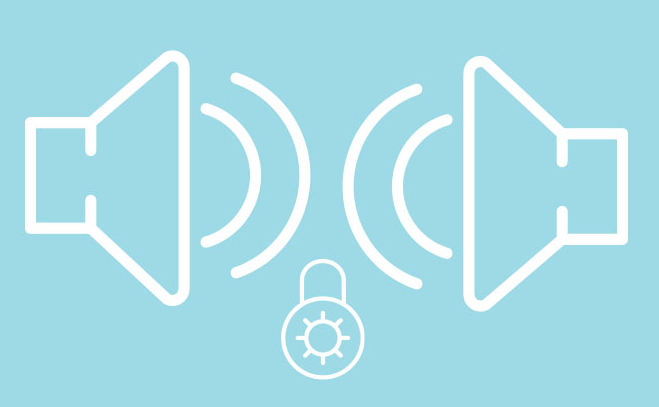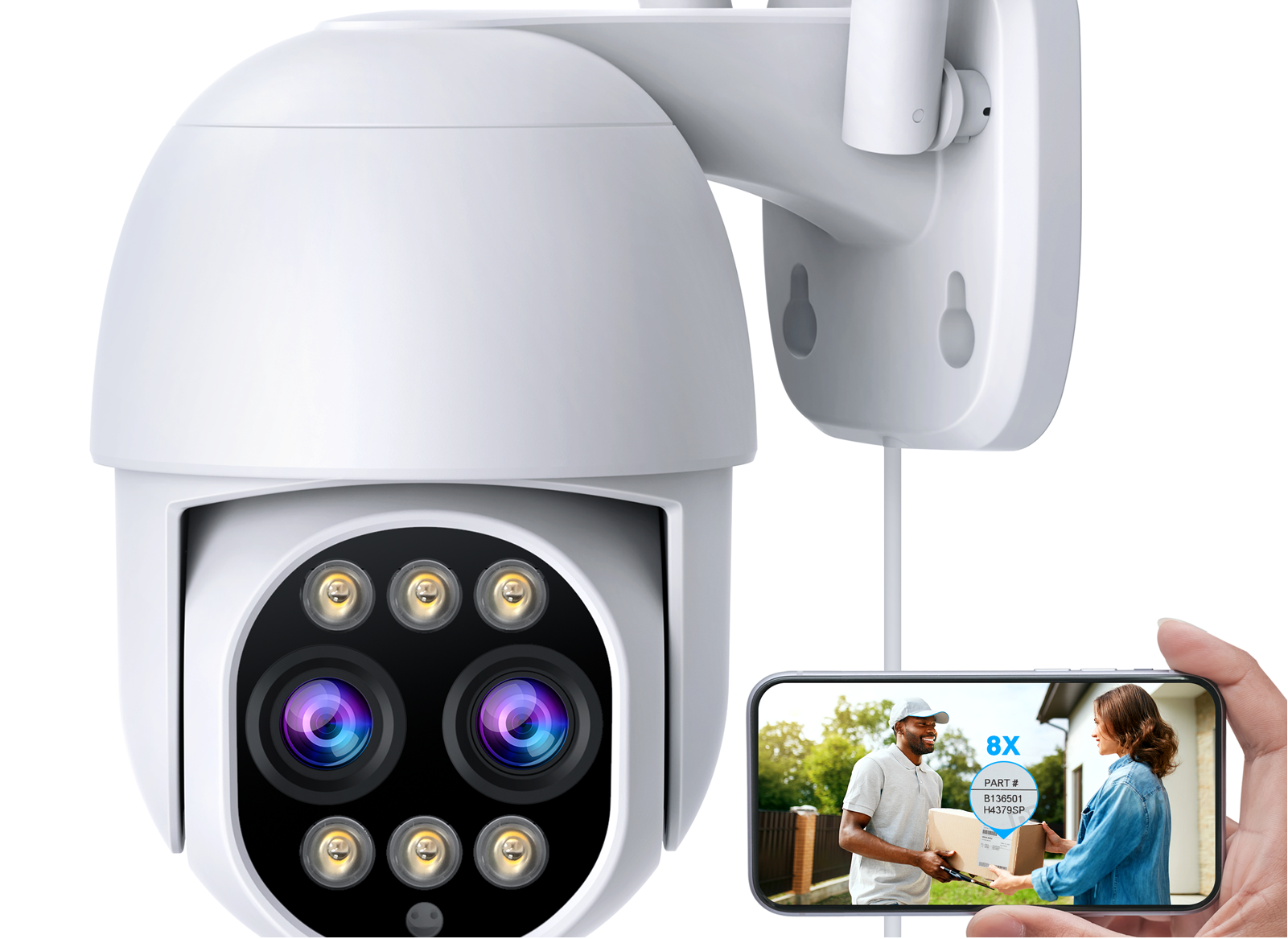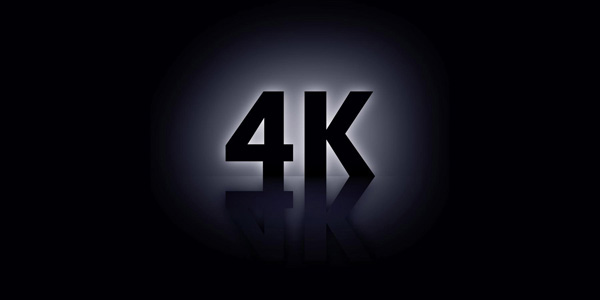Introduction
Security cameras serve as crucial tools for surveillance, offering both visual and auditory monitoring capabilities. However, despite their utility, security camera audio systems can encounter various issues that affect their effectiveness. Understanding these common problems and their solutions is essential for maintaining optimal security surveillance.
Poor Audio Quality
One of the most prevalent issues with security camera audio is poor quality, characterized by static, distortion, or muffled sound. This problem often arises due to inadequate microphone quality or improper installation. To address this, ensure that the microphone is of high quality and properly positioned to capture clear audio. Regular maintenance, such as cleaning the microphone and checking connections, can also prevent degradation in audio quality.
Background Noise Interference
Background noise interference can significantly hinder the clarity of audio recordings from security cameras. Common sources of interference include traffic, wind, machinery, and nearby conversations. Employing noise-canceling microphones and adjusting sensitivity settings can help mitigate background noise. Additionally, strategic placement of cameras away from noisy environments and the use of sound-absorbing materials in the vicinity can improve audio quality.
Echo and Feedback
Echo and feedback occur when sound waves reflect off surfaces or when the microphone picks up its output through the speaker, resulting in a distorted or echoing sound. This problem often arises in enclosed spaces with hard surfaces, such as hallways or rooms with tiled floors. To prevent echo and feedback, utilize acoustic treatments such as carpets, curtains, or acoustic panels to absorb sound reflections. Adjusting microphone sensitivity and speaker volume levels can also minimize these issues.
Delayed or Out-of-Sync Audio
In some cases, the audio captured by security cameras may be delayed or out of sync with the corresponding video feed. This discrepancy can make it challenging to interpret events accurately and may compromise the effectiveness of surveillance efforts. To rectify this issue, ensure that the camera system firmware is up-to-date and compatible with the recording software. Additionally, optimizing network bandwidth and reducing latency can help synchronize audio and video streams in real-time.
Limited Range and Coverage
Another common problem with security camera audio is the limited range and coverage of the microphone, especially in outdoor environments. This limitation can result in incomplete audio recordings, making it difficult to capture critical sounds beyond the camera's vicinity. To extend the range and coverage of audio surveillance, consider deploying additional microphones or investing in cameras with enhanced audio capabilities. Implementing directional microphones and sound amplification systems can also improve audio capture in outdoor settings.
Inconsistent Volume Levels
Inconsistent volume levels across different audio recordings can pose challenges during playback and analysis, making it challenging to discern relevant sounds from background noise. This issue may stem from variations in microphone sensitivity, environmental factors, or equipment malfunctions. To ensure consistent volume levels, calibrate microphones regularly and conduct periodic sound checks to identify and address any discrepancies. Utilizing audio normalization techniques during post-processing can also help standardize volume levels across recordings.
Privacy Concerns and Legal Compliance
Security camera audio recordings may inadvertently capture private conversations or sensitive information, raising privacy concerns and legal implications. Failure to comply with privacy regulations, such as wiretapping laws or data protection statutes, can result in legal repercussions and damage to reputation. To mitigate privacy risks, clearly communicate audio surveillance policies to occupants and visitors, and obtain consent where necessary. Implementing audio masking or encryption technologies can further safeguard sensitive audio data and ensure compliance with relevant regulations.
Equipment Vulnerabilities and Security Risks
Lastly, security camera audio systems are susceptible to equipment vulnerabilities and security risks, including hacking, tampering, or unauthorized access. Malicious actors may exploit these vulnerabilities to eavesdrop on conversations, disrupt surveillance operations, or gain unauthorized entry into secure facilities. To enhance security, employ robust authentication mechanisms, encryption protocols, and regular security audits to identify and address potential vulnerabilities proactively. Additionally, physically securing cameras and microphone equipment can prevent unauthorized tampering or sabotage attempts.
Conclusion
While security camera audio systems offer valuable surveillance capabilities, they are prone to various challenges that can compromise their effectiveness and reliability. By addressing common problems such as poor audio quality, background noise interference, and privacy concerns, security professionals can optimize audio surveillance efforts and maintain a secure environment. Implementing proactive measures, including regular maintenance, equipment upgrades, and security protocols, is essential for mitigating risks and ensuring the integrity of security camera audio recordings.




Leave a comment
This site is protected by hCaptcha and the hCaptcha Privacy Policy and Terms of Service apply.